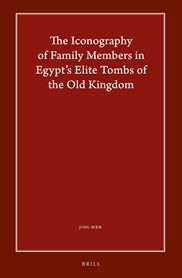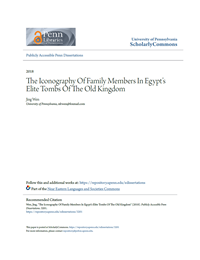| Main » Ad Board » ДРЕВЕН ЕГИПЕТ И АФРИКА » Бит и ежедневие |
| 22.02.2021, 11:49 | |
Монографията анализира имената и епитетите на изобразените в гробниците на Старото царство членове на семействата на починалите като източник на сведения за структурата и взаимоотношенията в семействата през тази епоха. Авторът въвежда и термина "семейна група" за да обясни появата на членове извън семейството между изображенията. Специално внимание е обърнато на института sn-Dt ("брат по погребални задължения"), чрез който непринадлежащи към семейството далечни роднини и други лица се натоварват с ангажиментите да извършват погребалния култ към гробницата на починалия. - на английски език, от MEGA, формат PDF. Сваляне с ляв бутон (downloading by left button) и после през бутона Download. КАТО ДИСЕРТАЦИЯ / AS A PH. D. THESIS: - на английски език, от University of Pennsylvania Digital Repository, формат PDF.Свалянето става с десен бутон (downloading by right button) и Save as... АЛТЕРНАТИВЕН ЛИНК / ALTERNATIVE LINK: - на английски език, от Google Drive, формат PDF. Сваляне с ляв бутон (downloading by left button) от страницата на предоставящия сървър, после през бутона стрелка надолу/after by down arrow button.
| |
| Views: 810 | Placed till: 22.03.2023 | Rating: 0.0/0 | |


